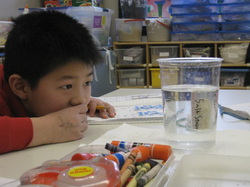
Now that second graders have compared the mass and volume of each instrument to one another, they are examining a very important property of each instrument--its density!
We have defined density as how packed something is. In a sinking/floating test, second graders are seeing how this property affects the test's results. They are testing each submersible and recording the results in their notebooks. This way, when they go to design their submersibles, they will have all the data they need!
We have defined density as how packed something is. In a sinking/floating test, second graders are seeing how this property affects the test's results. They are testing each submersible and recording the results in their notebooks. This way, when they go to design their submersibles, they will have all the data they need!
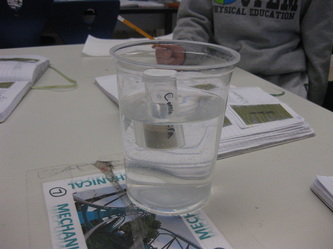
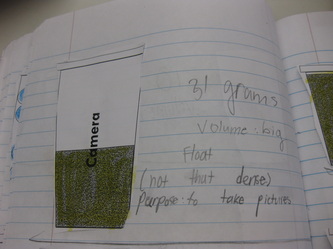
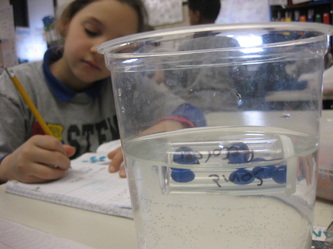
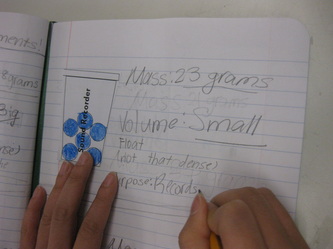
 RSS Feed
RSS Feed